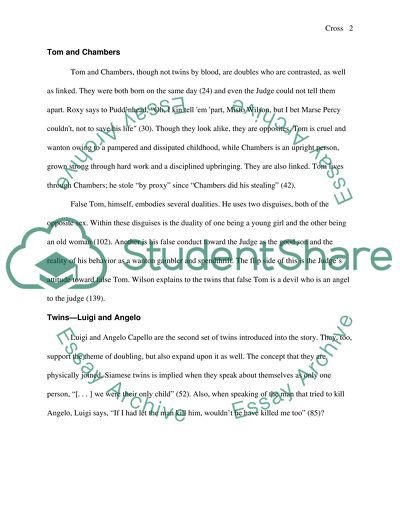Cite this document
(“The Tragedy of Pudd'nhead Wilson, by Mark Twain Essay”, n.d.)
Retrieved de https://studentshare.org/literature/1531595-the-tragedy-of-puddnhead-wilson-by-mark-twain
Retrieved de https://studentshare.org/literature/1531595-the-tragedy-of-puddnhead-wilson-by-mark-twain
(The Tragedy of Pudd'Nhead Wilson, by Mark Twain Essay)
https://studentshare.org/literature/1531595-the-tragedy-of-puddnhead-wilson-by-mark-twain.
https://studentshare.org/literature/1531595-the-tragedy-of-puddnhead-wilson-by-mark-twain.
“The Tragedy of Pudd'Nhead Wilson, by Mark Twain Essay”, n.d. https://studentshare.org/literature/1531595-the-tragedy-of-puddnhead-wilson-by-mark-twain.


